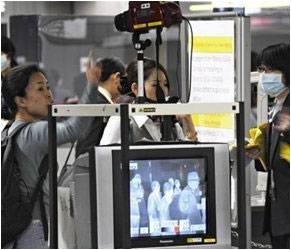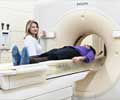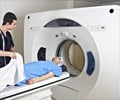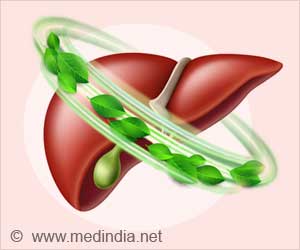
The Cardiff team, made of researchers from the Schools of Chemistry and Biosciences, has taken the technique one step further with the development of a 'sleeping Trojan horse'. The first example of its kind, this is delivery system resolves some of the current difficulties involved in transporting metal ions into cells.
It is not itself taken up by cells so does not interfere with natural functions until it is 'woken' by the addition of the metal ions. This minimises the unwanted uptake and need for time-consuming purification associated with the common 'Trojan Horse' technique.
The research was led by Dr Mike Coogan, Senior Lecturer in Synthetic Chemistry, along with the paper's first author, Flora Thorp-Greenwood.
Dr Coogan said: "The sleeping Trojan horse process happens rapidly, and the vessel is capable of carrying metals which have positron-emitting isotopes, so it has potential for use in bimodal fluorescence and PET imaging. Combined agents for these types of imaging are known but rare, so this is a significant development in the field.
"There is also additional potential for use in radiotherapy as the metal-bearing form not only enters cells but also localises in the nucleolus. In principle, the concept could also be used to improve delivery of a huge range of drugs and imaging agents into cells or the body."
Advertisement
Advertisement








